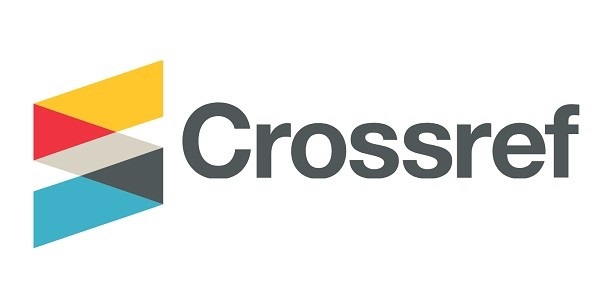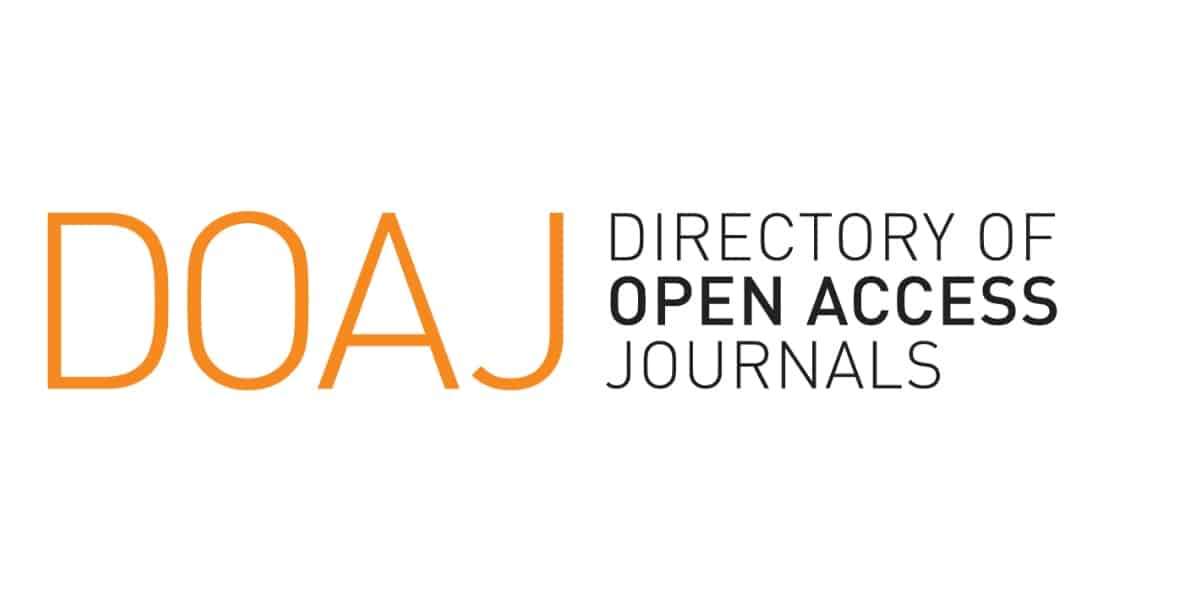PERFORMANCE ANALYSIS OF SUPPLY CHAIN FOR BEEF CATTLE: CASE STUDY AT PT KARIYANA GITA UTAMA, JAKARTA
Abstract
ABSTRACT A performance measurement model is a necessary tool for beef cattle supply chain network optimization. The performance measurement is conducted to support an objective planning, the performance evaluation, and determination of the future steps in strategic, tactical and operational levels. The purposes of this research were (i) to study the beef cattle supply chain management, (ii) to analyze the value added in each member of supply chain, and (iii) to analyze supply chain management performance. The methods used in this research were Hayami value added method and the Balanced Scorecard model combined with Fuzzy AHP. Beef cattle supply chain started from beef cattle importer as a supplier, PT Kariyana Gita Utama as producer (feedloter), and distributors (brokers and traders cutter) as customer. Based on the mechanism of the supply chain of beef cattle indicates that there were six models of the supply chain. Each model had a market segment that was affected by the prevailing system among members of the supply chain, customer location, and product quality. The measurement of value added in each member showed that small-scale trader (trader cutter) got the highest value added about 10.44%. The performance measurement of supply chain in PT Kariyana Gita Utama in 2009 showed that the total of target attainment was about 88.05%. Customer perspective was the highest of target attainment about 107.10%, and financial perspective was the lowest of target attainment about 78.97%. Keywords: performance measurement, supply chain, balanced scorecard, fuzzy AHP, beef cattle
How to Cite
HariantoY. H. F. M. (1). PERFORMANCE ANALYSIS OF SUPPLY CHAIN FOR BEEF CATTLE: CASE STUDY AT PT KARIYANA GITA UTAMA, JAKARTA. Jurnal Teknologi Industri Pertanian, 20(3). Retrieved from https://jurnal.ipb.ac.id/index.php/jurnaltin/article/view/3653
Section
Articles
_page-00013.jpg)






